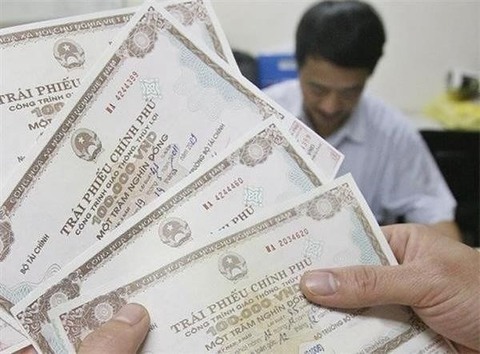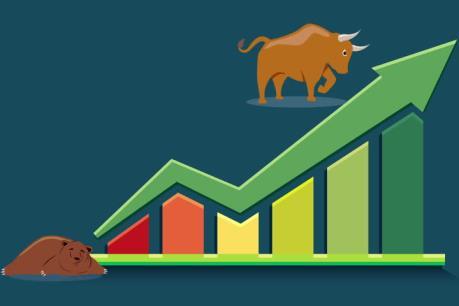Exporters struggle as Lao kip continues to rise against US dollar
Exporters struggle as Lao kip continues to rise against US dollar
The increasing value of the kip vis-a-vis the US dollar is posing a challenge for some Lao exporters, according to the Lao National Economic Research Institute.
The institute last week unveiled its annual report on the Lao economy for 2012 and the outlook for 2013, showing that Lao exporters who earn revenue in US dollars but make disbursements in kip are suffering from the kip's rise in value.
The report is one of several publications issued by the Lao National Economic Research Institute that receive assistance from the World Bank.
The kip has risen in value in recent years as the Lao economy continues to grow. The kip rose 1.13 percent in value against the US dollar over the first six months of this fiscal year, but dropped 2.24 percent against the Thai baht over the same period.
The Bank of the Lao PDR said these changes in value were within the bank's stipulated five percent range for the movement of currency exchange rates.
The main exporters affected by the rising value of the kip are garment factories, as they draw up product purchase agreements in US dollars. The main markets for Lao garment products are the European Union and the US, which are mired in an economic downturn.
Meanwhile, Lao exporters to Thailand are benefiting from the rise in value of the baht against the kip. Despite the problems for exporters, the authors of the Lao economic outlook do not suggest that the Bank of the Lao PDR devalue or appreciate the kip.
However, the institute urges the sectors concerned to keep a close eye on the rising value of the kip.
Observers say a possible long term solution for Lao exporters amid the rising value of the kip and stronger business competition is to help producers cut operating costs through the greater use of technology. By ensuring the survival of exporters, the government will help to sustain economic growth.
The Lao National Economic Research Institute also urged the sectors concerned to study the structure of rice production costs as a point of reference for adjusting the price of rice. This would help farmers earn a larger income while protecting consumers against higher prices.
The institute projects that the Lao economy will see 8.1 or even 8.3 percent growth this fiscal year if state investment projects and large-scale private investment projects go ahead as planned. The economy grew by 8.29 percent in the 2011/2012 fiscal year.
vientiane times















